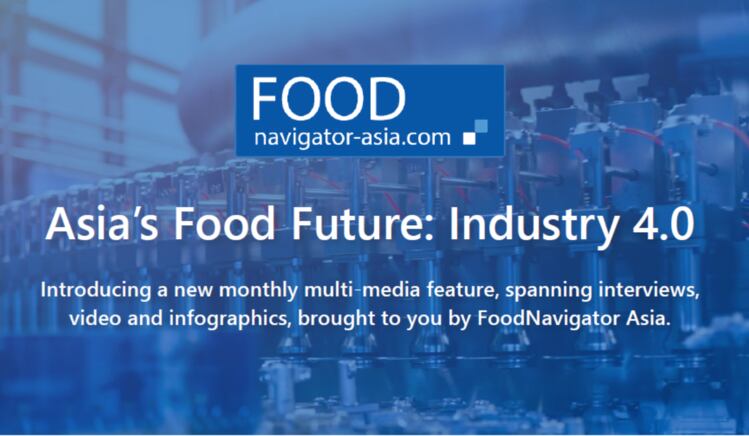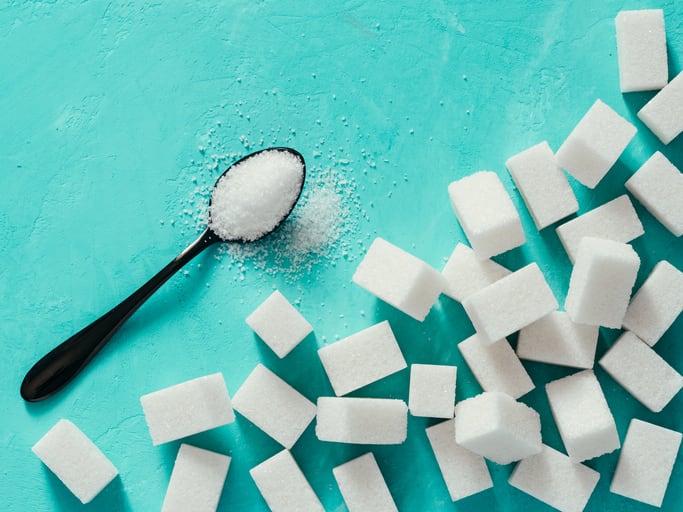Estimated to hit over US$432mn in value by 2025, the 3D food printing market is likely to be spurred on by factors such as increasing consumer demand for customisation and convenience. The Asia Pacific region is expected to see the fastest growth worldwide in this sector.
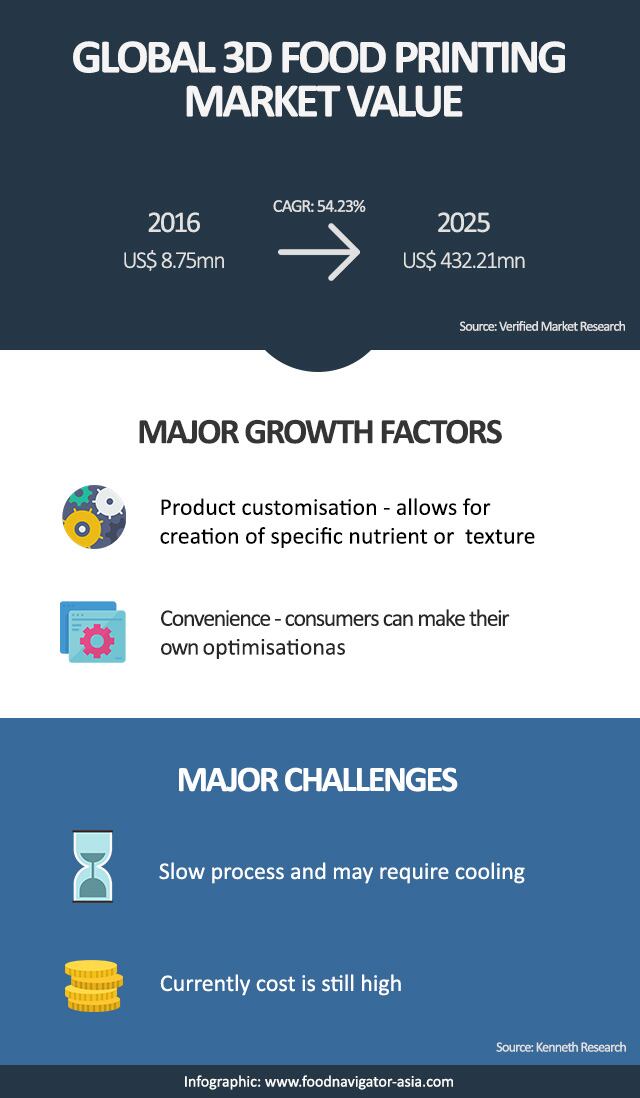
How 3D food printing works is basically to ‘print’ out layers and layers of the food of choice in order to form an edible 3D object.
“Think about a 2D printer like your normal inkjet printer, and imagine if the paper gets stuck and the word being printed gets reprinted many times in the same place over and over again, so the layers of ink start to build up and get higher, so you eventually have a 3D word – that’s essentially how 3D printing works,” Natural Machines Co-Founder and CMO Lynette Kucsma told FoodNavigator-Asia.
“For 3D food printing, the process is the same, just that rather than using ink we use food to do this printing.”
Barcelona-based Natural Machines is the creator of Foodini, which it claims to be the ‘first real food 3D printer’, as compared to current models that are mostly limited by processing ingredients.
“Many other food printers focus on a small amount of printable ingredients, printers focused on chocolate only or sugar only, for example. [Our] open capsule model [means that consumers] aren't limited to the number of ingredients [that can be printed] and allows to accommodate for a wide range of tastes,” said the firm.
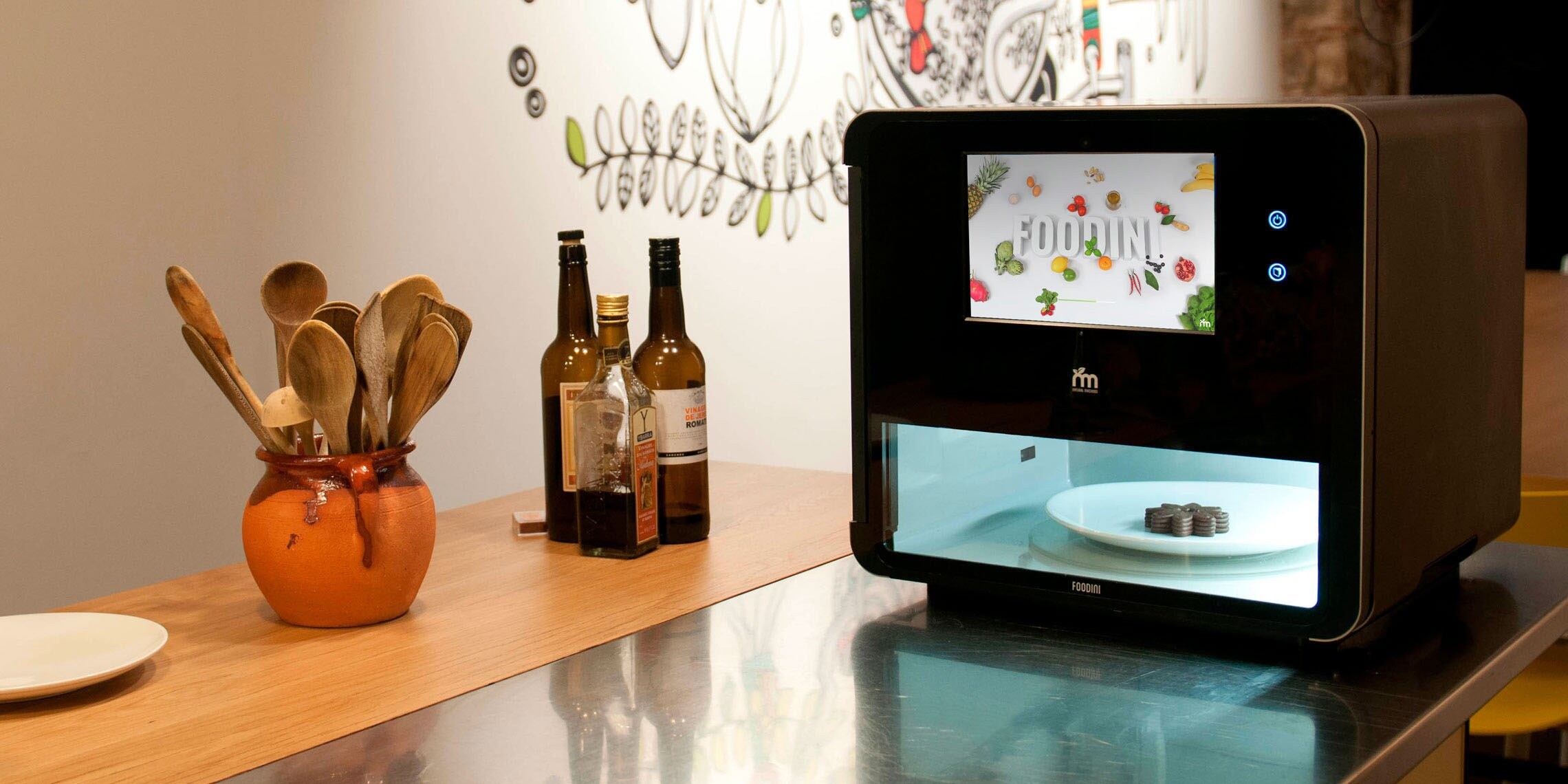
According to Kucsma, as opposed to common belief, it is also not necessary for only pureed food to be used for 3D printing, and especially not when using Foodini.
“That’s common, but not a mandatory requirement – we can also do textures for the food, using normal ground beef, couscous and so on,” she said.
Personalisation is an important focus for the firm as well – using the 3D printer, the consumer can ‘control exactly what goes into the printed product and exactly what foods are used, and nutritional profiles can be customised as well [as opposed] to getting a one-size-fits-all product from the supermarket’.
“We are also working with F&B manufacturers that are looking to get away from that generic one-size-fits-all offering, and being able to customise foods for individual consumers [which give] some form of control, yet still use their products.”
Natural Machines also has an office in Beijing, China, reflecting the firm’s belief in market potential and growth for 3D food printing in the country as well as in the APAC region.
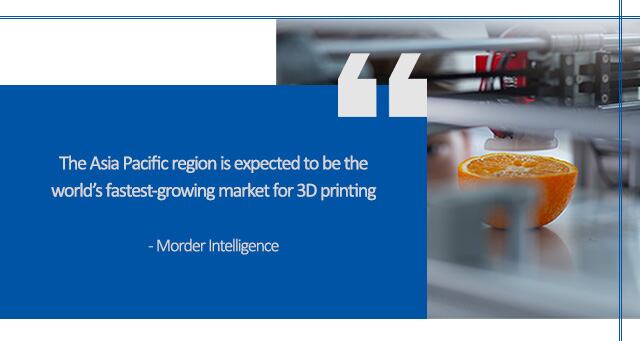
“APAC consumers are more willing to use and try new technology, so the interest level here is high and there’s less of a ‘fear factor barrier’,” said Kucsma.
That said, she also highlighted that there are some unique challenges that present in the region, including many people assuming that ‘3D food printing’ refers to the printing of plastic food models, as is commonly found in APAC, as opposed to actual food printing.
Watch the video below to find out more about Foodini.
3D printing and hyper-personalisation
Japanese 3D printing firm OpenMeals produces hyper-personalised sushi based on consumers’ DNA and other physical information, and its concept is also different from the ‘conventional’ food pureeing and printing.
Here, it is based on printing out ‘pixels’ in gel form, which will then be combined to produce the target foods using data from its digital food platform FoodBase, on which the firm aims to form a ‘collection of the world’s foods’.
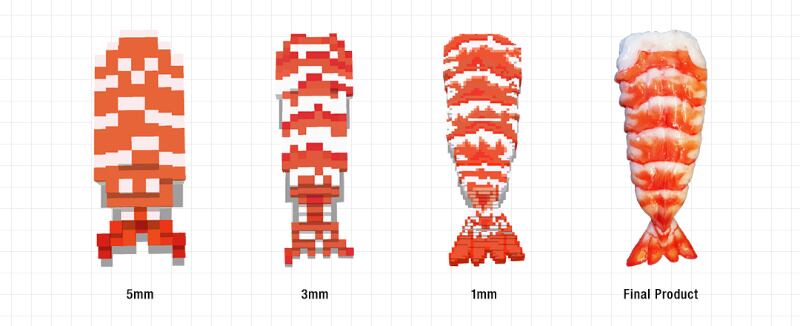
One of these foods is sushi, and based on the firm’s ‘sushi teleportation’ concept, merely scanning and inputting the data of a specific sushi would enable the same sushi to be recreated and printed out somewhere else regardless of the distance – for example in space, as per its promotional video.
“In order to faithfully reproduce the food data, [our patent-pending Pixel Food Printer] uses a special internal mechanism to generate an infinitesimally small gel pixel,” stated OpenMeals via its website.
“Each pixel is different in flavour, colour, texture and nutritional content. By combining the pixels with a robotic arm, [representations] of detailed colours, textures, and nutrients can also be produced.
“By controlling the size of the pixel cubes, we seek to reproduce more precise food data.”
“It is also possible to design and create [foods as desired], greatly expanding the possibilities for food.”
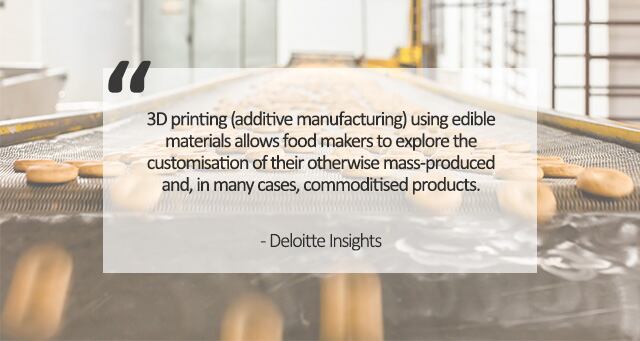
The Pixel 3D printer prototype plan as published on the site is a complicated-looking piece of machinery, with multiple layers built in to control colour, flavour, nutrition, uniformity and so on.
OpenMeals’ approach has the potential to convey multiple benefits, according to EU Automation Director Jonathan Wilkins.
“OpenMeals is developing digitally-linked sushi that is an example of intelligent printed food. This will result in unique, nutritionally beneficial and biometrically matching food to be created for each consumer,” he said.
3D printing in the plant-based meat sector
According to research firm GlobalData, in the plant-based meat sector it is common for companies to use machines called extruders, which lead to a fixed cross-sectional shape and size for products – these generally do not allow for the creation of more fibrous or muscly meats.
Another major downside of this is the reliance of ingredients with a ‘unhealthy’ tag to them, such as soy and wheat, but 3D printing could be a possible solution to solve this and allow for the use of more ‘fibrous’ options such as pea protein and rice protein, said the analysts.
“The 3D printing firms are on the cusp of solving a problem that they probably didn't know existed when they were perfecting their technology,” said GlobalData Food Correspondent Andy Coyne.
“What these companies have now worked out is that their technology can help plant-based food manufacturers to make a better product. This is a more practical and possibly faster-to-market use for the equipment.”
3D printing in cell-based meat
According to Israeli 3D food printing startup, Redefine Meat, the alternative meat industry relies on analog technologies to develop and produce them, and the pace of innovation and adoption rate pales in comparison to the rapidly growing demand.
The firm is introducing a technological platform to appeal to “flexitarians” or “conscious carnivores” who seek to reduce their meat consumption based on its 3D meat printing technology which combines 3D meat modelling, food formulations and food printing technology.
The aim is to deliver a new category of complex-matrix 'meat', and according to the firm its technology can ‘print’ steaks, roasts, and stews with 95% smaller environmental impact and 100% plant-based.
The firm raised US$6 million in September this year to develop its 3D meat printer, planned for release in 2020.
Redefine Meat’s CEO and co-founder, Eshchar Ben-Shitrit said, "Our goal is not just to develop a new food product, but to introduce a new technology for developing, producing and scaling alternative meat products.”
3D printing for sustainability
Another major draw of 3D printing for the F&B industry is its ability to contribute to sustainability efforts. Food tech firm Upprinting Food is the epitome of this effort, as it utilises food waste such as bread, fruits and vegetables to create recipes that can be 3D-printed.
“We essentially use the normal 3D printing process, but focus on using food waste form local supermarkets to make our purees, use the 3D printing technology to print this out and then bake these accordingly, ” Upprinting Food Founder Elzelinde van Doleweerd told us.
The firm has used leftover fruits, vegetables, spices and bread so far to make ‘new foods’ per se, especially ones that are aesthetically less appealing due to blackening or wilting but are still edible.
“People are looking for sustainably food products and new innovations in this way, so even the fact that these foods are made from food waste has not turned them off,” said van Doleweerd.
Watch the video below to find out more about Upprinting Food:
F&B manufacturing
In addition to the printing of actual food items, this technology also shows great potential when it comes to figuring out solutions for food manufacturing equipment.
In line with this, food packaging and processing giant Tetra Pak’s Asia Pacific Services Digital Transformation Manager Somashekar Ganganna told FoodNavigator-Asia that 3D printing could potentially solve the issue of long machine downtimes due to the unavailability of spare parts.
“This is especially applicable to food manufacturing and processing facilities and plants located in remote areas,” Ganganna said.
“It could take a very long time, even months, to obtain a machine spare part if not in stock in these far-out locations, which would mean the machine [is out of commission] for a very long time, and this would affect productivity.
“If 3D printing could be used here, it would mean that the relevant spare part could be printed directly at the location, saving both time and cost for transportation [and/or downtime].”
That said, he acknowledged that it would definitely still need some time to get to this stage, given the current costs attached to this technology.
“It is still quite expensive now, but we are looking into the potential and possibility [for the future],” he said.
So what’s the future looking like?
Beyond 3D printing, some companies are already looking even further ahead to what is being deemed, naturally, 4D printing.
“In 4D printing methods, transformational or changeable materials are used in the 3D printing process, which mean that once the object is printed, it can transform into something different under specific conditions,” Wilkins added.
Within F&B, an example of how 4D printing can be used is for food to be manufactured flat or dehydrated in order to reduce packaging, shipping or storage costs, then ‘transformed’, under the right conditions, to create the finished food product.
“To achieve this, edible layers of smart materials are incorporated into the food items, with pre-designed and programmed reactions under the required conditions,” said Wilkins.
This has already been done in the United States, with pasta. Massachusetts Institute of Technology (MIT) Tangible Media Group developed pasta shapes that are printed two-dimensionally, which then react and fold into various shapes when in contact with heat and water.
“The pasta is pre-programmed, using strips of edible cellulose over the top of a layer of gelatine, to transform into various shapes,” Wilkins explained.
“By using smart materials, the printed product is able to be programmed to respond in specific ways under precise conditions without external intervention.
“The use of 4D printing is already being incorporated into F&B. With it, benefits such as reduced packaging, shipping and storage requirements as well as truly personalised meals for consumers are increasingly possible.”


